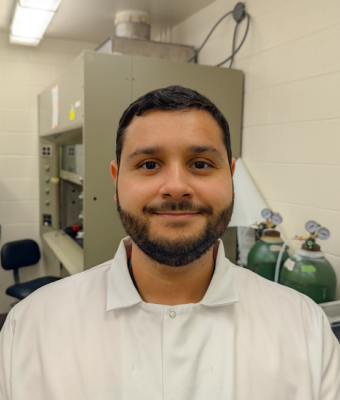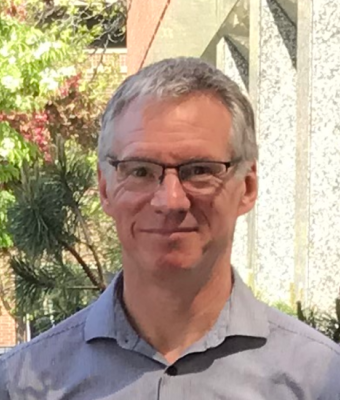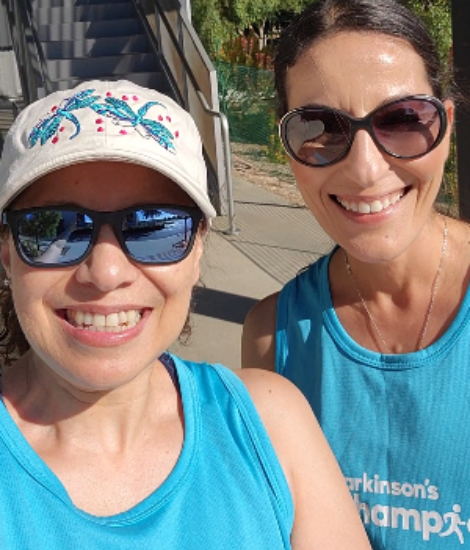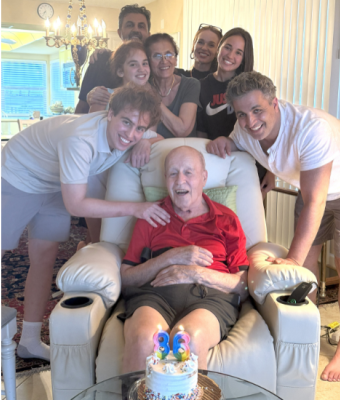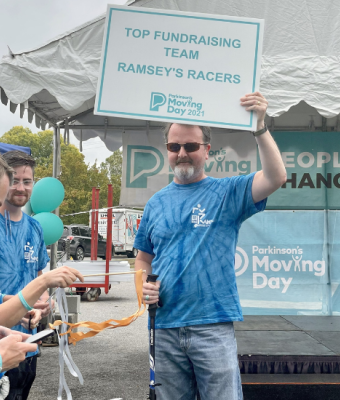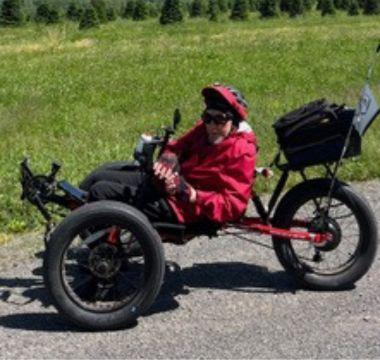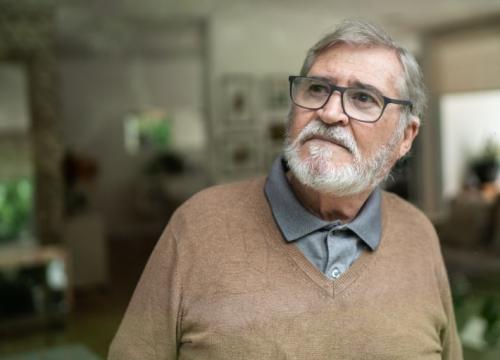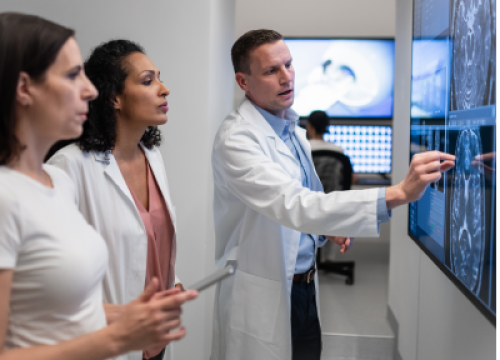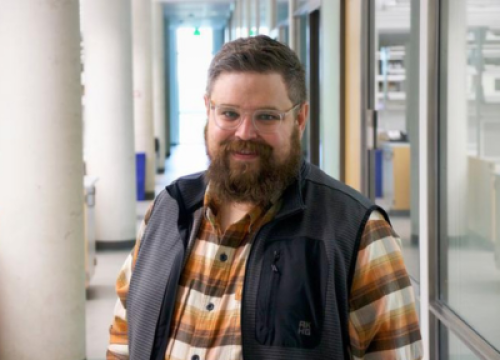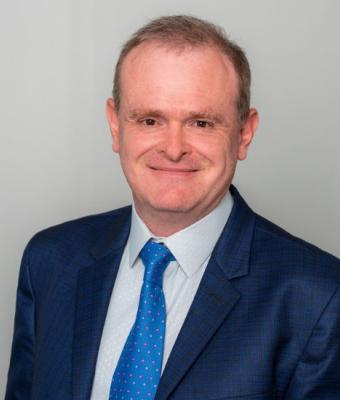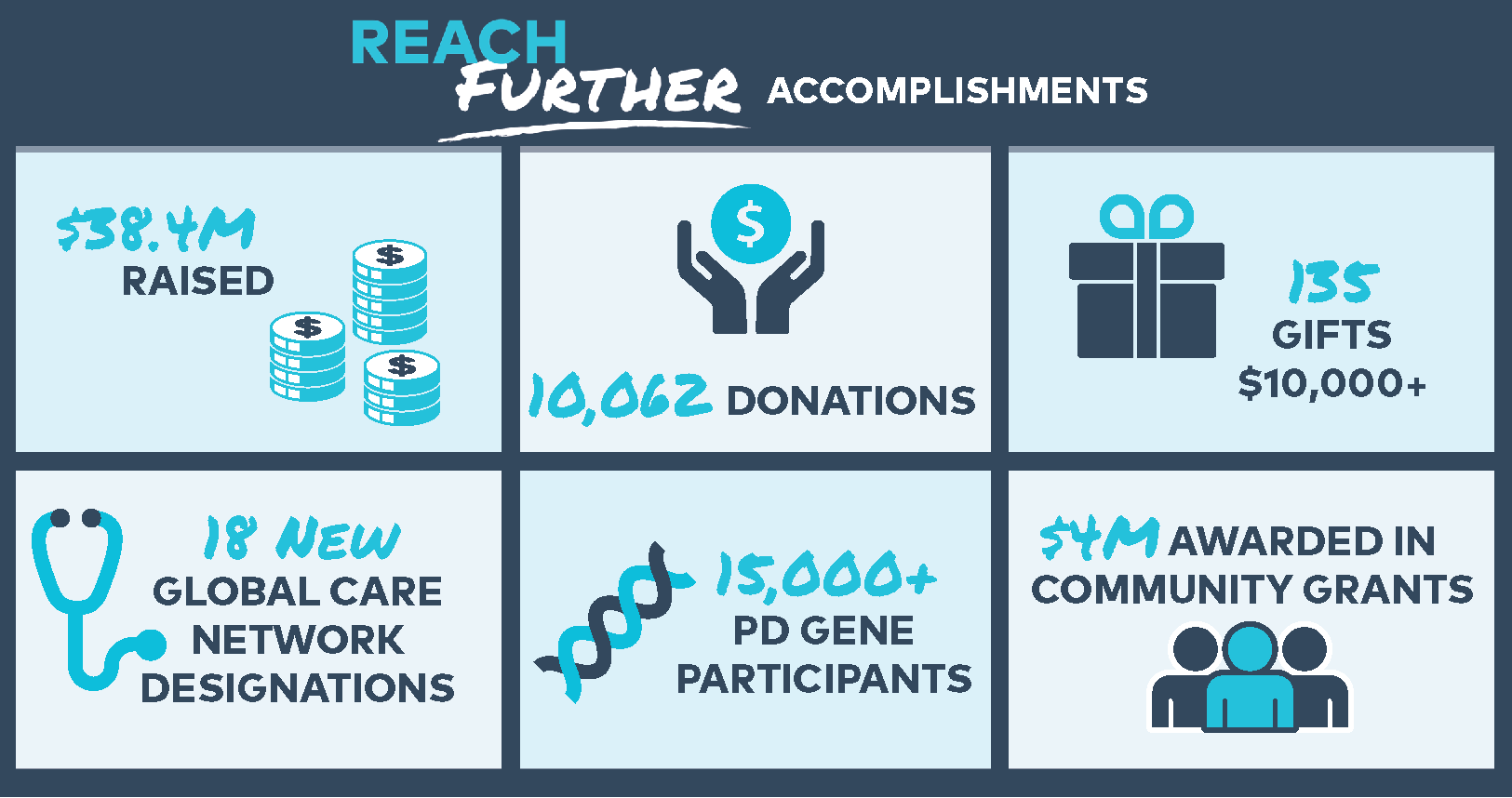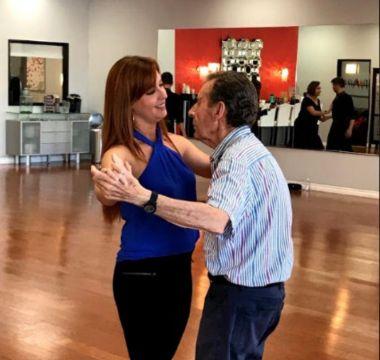My PD Story

Fuu-Jiun Hwang, PhD
2024 Postdoctoral Fellowship
Exploring and Unlocking Motor Memory in Parkinson’s
Despite how simple daily movements like walking, using utensils, or riding a bike may seem, they require the precise and instantaneous activation of complex networks of neurons. As we learn to perform these types of movements, the brain stores these neuronal activation patterns, allowing us to utilize them seamlessly in the future, making the movements feel effortless. For people with Parkinson’s disease (PD), that effortlessness diminishes as common PD symptoms make even simple movements challenging.
Fuu-Jiun Hwang, PhD, recipient of a Parkinson’s Foundation Postdoctoral Fellowship, aims to discover whether those motor memories are still present in the brain but have become inaccessible in PD, and if so, how they can be reactivated.
The scientific term for how the brain “memorizes” physical actions is motor learning. This process results in the formation of motor memory engrams, which are the specific activation patterns and timing of neurons needed to perform a memorized action.
Motor memory engrams are like songs played by an orchestra. Specific musicians (neurons) must play the right notes in the right order (activation patterns) to perform the song. After enough practice, when the conductor asks the orchestra to play a certain song (a movement), they know exactly what to do (effortless engram utilization).
Dr. Hwang, working in the lab of Jun Ding at Stanford University, will use advanced neurochemical tools in mouse brains to visualize and map the motor memory engrams associated with a forelimb-reaching task, a well-established motor learning behavior task in mice. He will then induce PD-like brain disruption in the mice and observe whether the same engrams activate when the mice perform the learned task, or if the disease alters the neuron patterns involved. Additionally, Dr. Hwang will explore whether administering levodopa — the most potent PD medication — can restore the original engrams altered by the disease.
Previous neuroscience research has shown that repeated practice and performance of actions rewires the brain to reinforce and improve the associated motor memory engram, a phenomenon known as synaptic plasticity. Dr. Hwang plans to take his experimental model further to examine whether synaptic plasticity associated with the motor engram is also impacted by PD.
The discoveries from these experiments will help Dr. Hwang and other PD neuroscientists better understand how motor memory and learning are affected by Parkinson’s disease, and what potential treatments could be developed to address movement symptoms at their source.
Reflecting on the significance of the Parkinson’s Foundation grant, Dr. Hwang said, “Receiving this award is crucial for supporting my research on motor engrams and their application to Parkinson’s disease. Ultimately, this award will help me contribute to the understanding of PD and develop novel therapeutic strategies, potentially improving the lives of individuals affected by this debilitating disease.”
Meet more Parkinson’s researchers! Explore our My PD Stories featuring PD researchers.
Related Materials
More Stories
from the Parkinson's community

